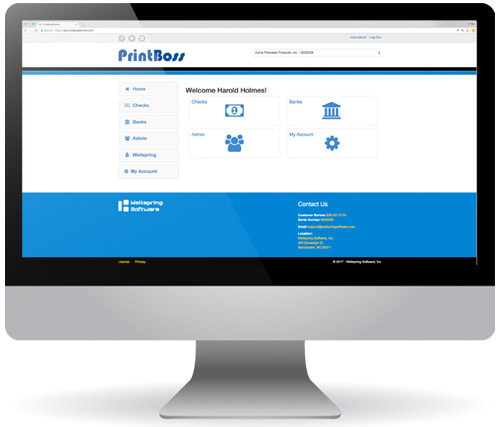The check printing process can be a complicated and time-consuming task, especially for those unfamiliar with the process. While many businesses outsource check printing to a third-party vendor, it is possible to print checks in-house with the right equipment and supplies. Understanding the check printing process is essential for businesses that choose to print their own checks.
The Basics of Check Printing
Check printing begins with the type of paper used for checks. Check paper is a special paper that is designed for printing checks. It contains a watermark and safety features, such as chemical protection and microprint lines. The paper also has a pre-printed check format that includes the bank routing and account numbers as well as the signature line and check number.

The next step in the check printing process is to select the appropriate software. Most businesses use check printing software that is compatible with their accounting system. This software allows the user to enter the payee's name, amount, and other details and then print the check on the special check paper.
Printing the Check
The check printing process is fairly straightforward once the software is set up. The first step is to select the appropriate check paper. Then, the accounting software is used to enter the payee information and other details. Once the data is entered, the check can be printed on the check paper.
It is important to make sure that the printer is properly set up to print checks. The printer must be able to handle the special check paper and the print settings must be adjusted for the check paper. Once the printer is set up, the check can be printed.
